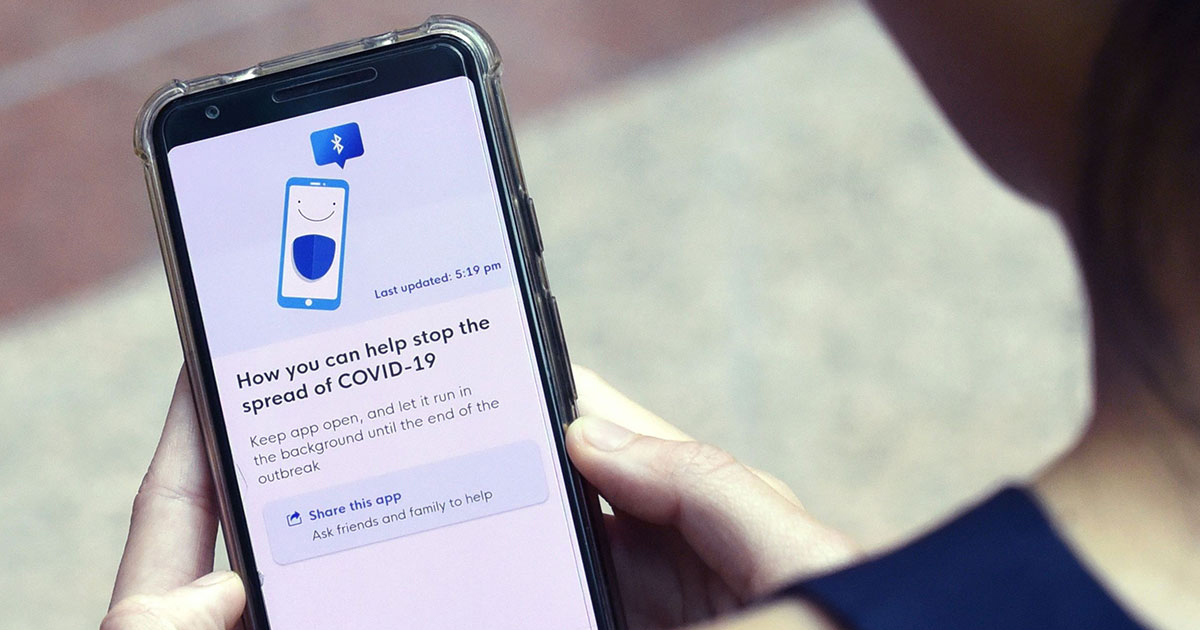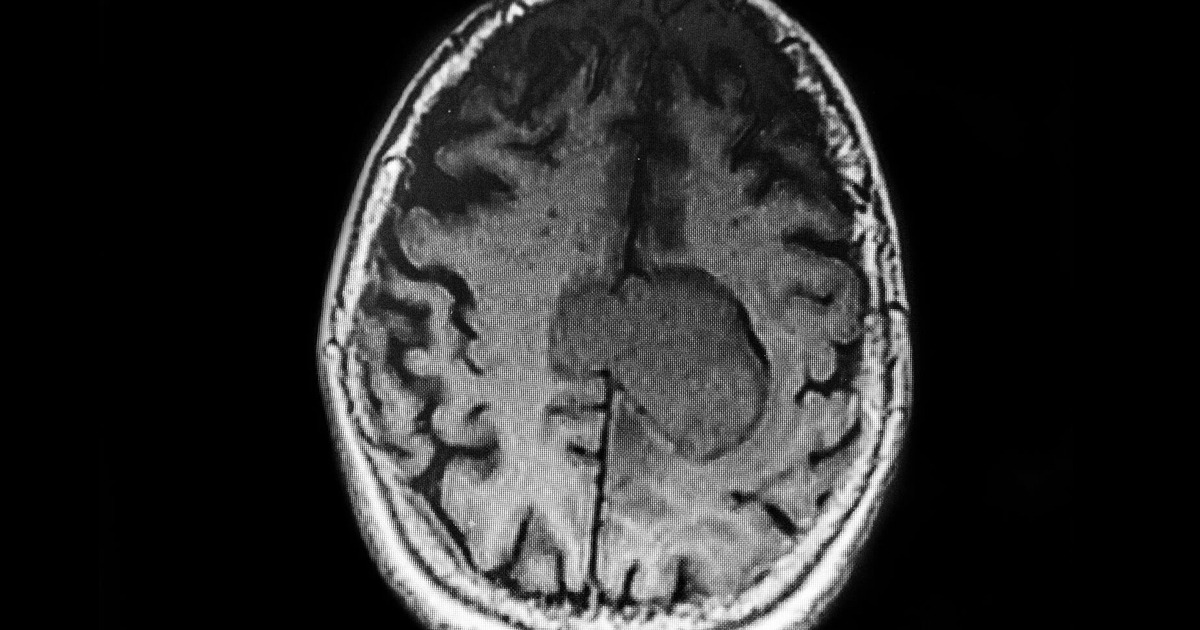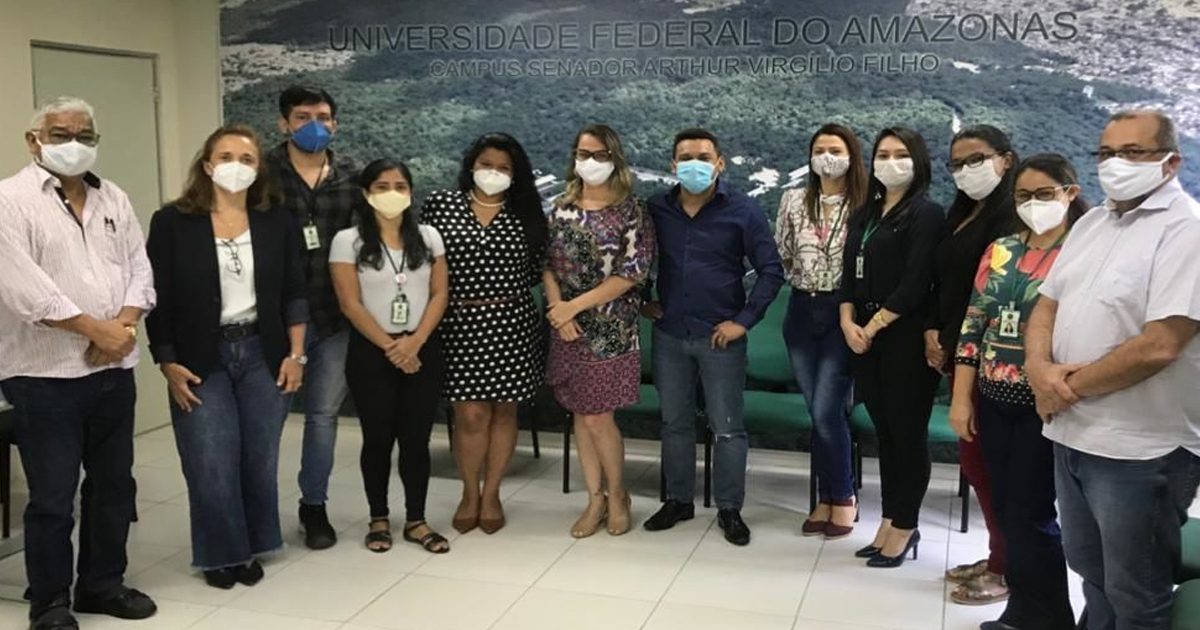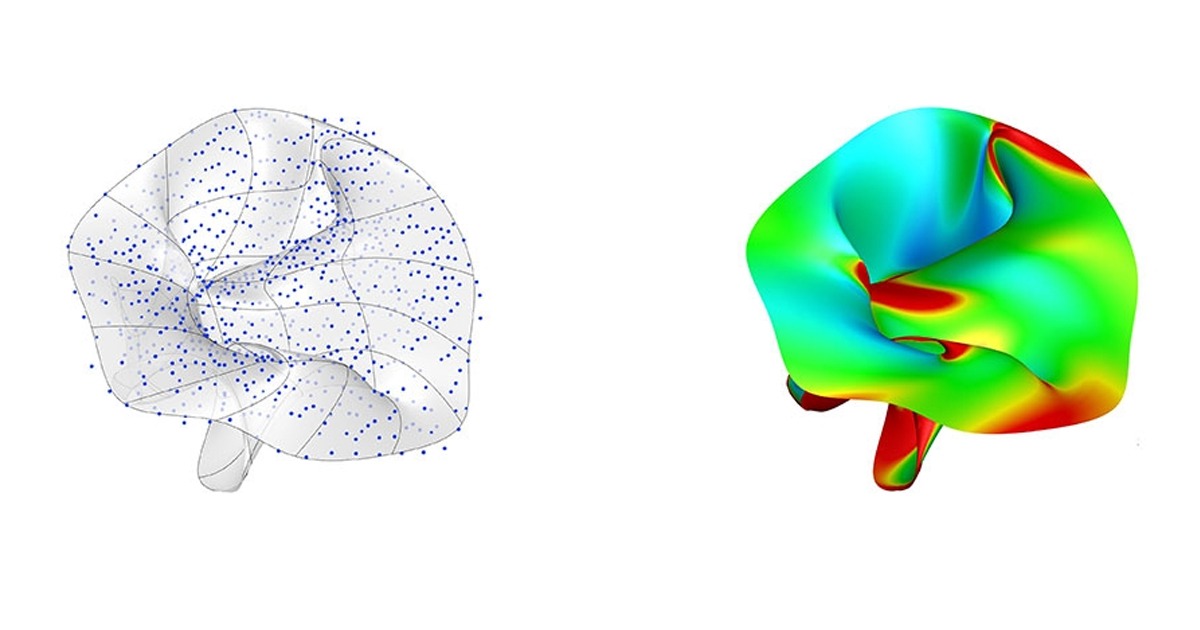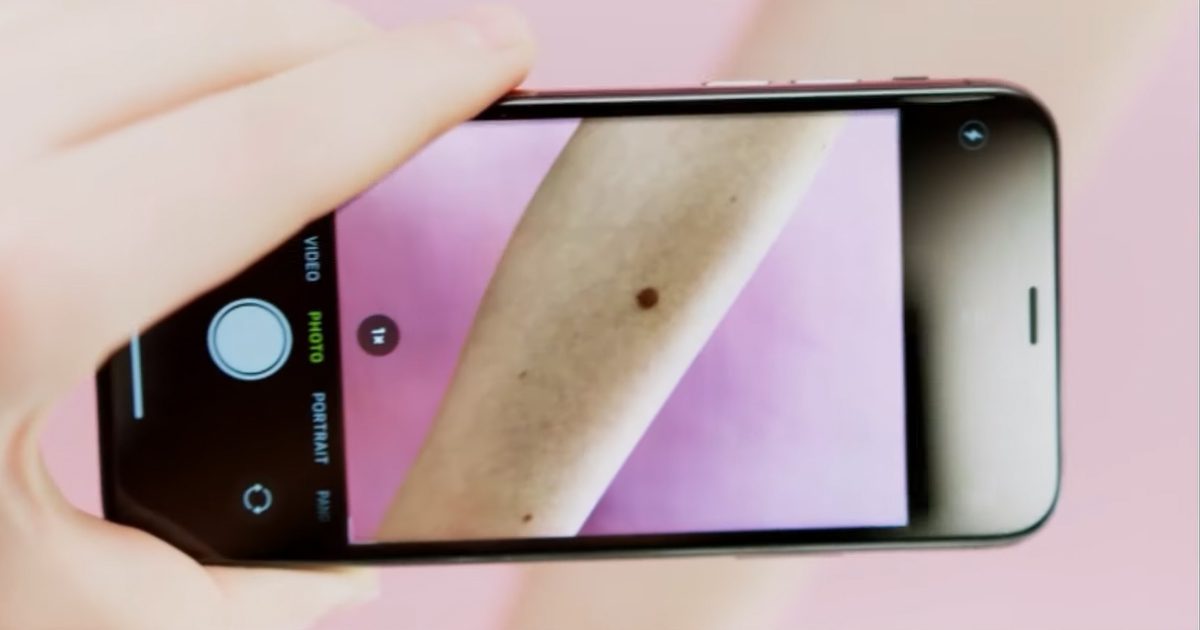Through holographic technology, a group of students and a professor from UNAM, performed a shoulder surgery with the remote support of a specialist in a hospital in France.
UNAM professor Michell Ruiz Suarez, MSc. and specialist in orthopedics, participated with his team of students in a surgery that used teleassistance techniques, through the use of lenses to obtain a holographic image of the patient and the support of an external specialist. Ruiz Suarez explained that the procedure used Microsoft technology, specifically HoloLens 2, intelligent glasses for mixed reality and Dynamics 365 Remote Assist, a platform for connecting with specialists remotely and in real time.
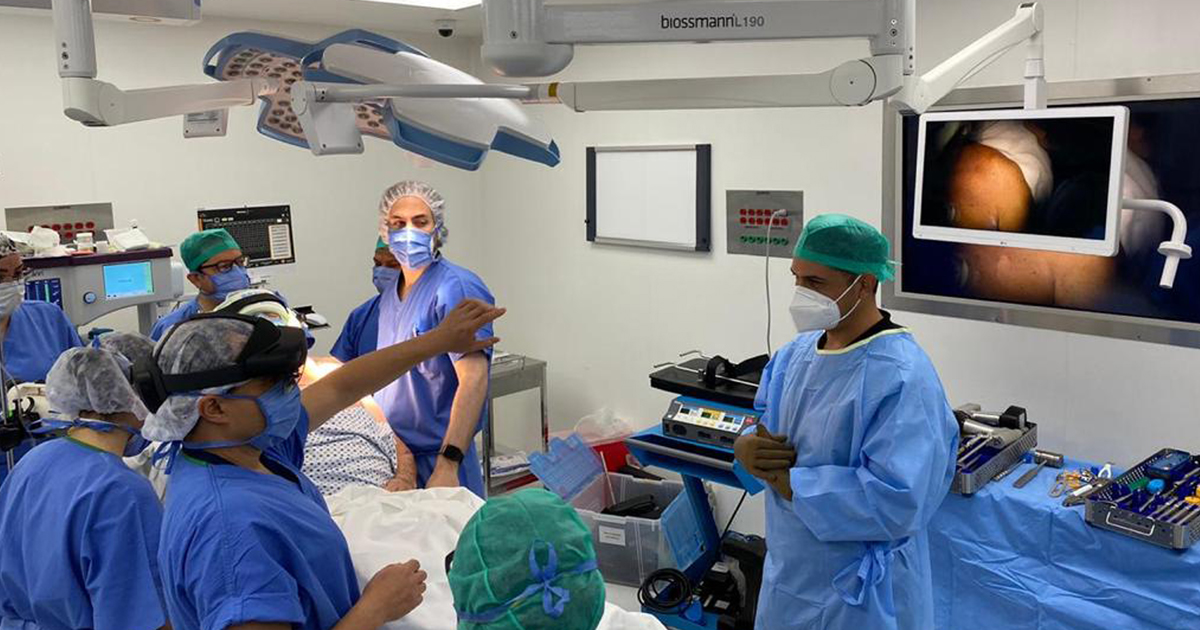
In this way it was possible for the students to perform a shoulder surgery with remote assistance through holographic and mixed reality technology, the first in Mexico. The surgery was performed in December 2020, under the direction of Thomas Grégory, a French doctor who was contacted thanks to this technology from the Avvicenne Hospital in France.
Ruiz Suarez explained that the technology of the mixed reality glasses allows the reconstruction of the patient's bone system. This opens up the opportunity to perform surgery simulations, or to perform precise operations in real time, as the UNAM students did. "What we do is to project, virtually, the patient's bone structure, which is done from a CT scan. What we do is process the images in the computers, upload the files and, through applications, transform the two-dimensional images into three-dimensional ones and, finally, into a hologram," explained the professor.
This technology is also important in the process of specialization and education of doctors and future doctors, since it involves real situations with the support of external specialists. "Continuing medical education is costly, as it used to involve traveling to specialized centers and at times, having to go on waiting lists; however, the pandemic has shown us that what this does is to shorten the limitations to have access to the best education at all times," explained the orthopedic specialist.
The UNAM professor also considered the possible improvements that can be added to this type of systems, to take greater advantage of the technologies: "the next step will be holographic navigation, which implies that not only the images will give real-time feedback, and they will be able to capture our position to make the necessary corrections," he explained. feedback in real time, and they will be able to capture our position to make the necessary corrections”, he explained.
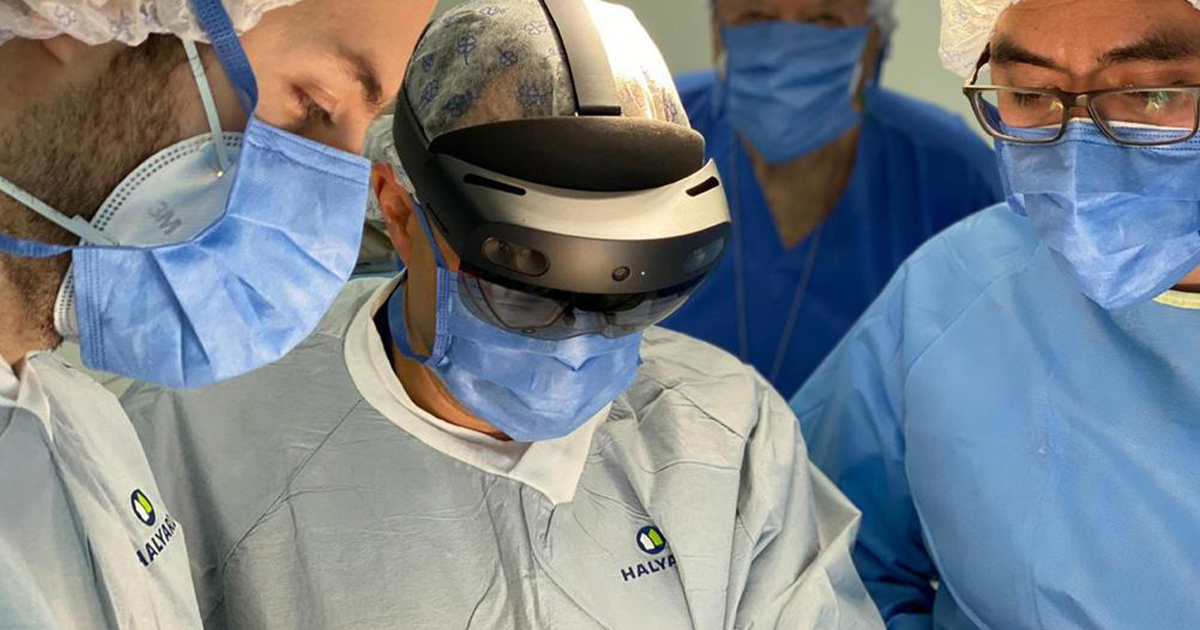
In addition to their usefulness, the application of these technologies does not require large infrastructure or equipment. Simply the use of the glasses and a stable internet connection within the hospital will be necessary to enable remote surgical assistance by a specialist.
Regarding the development of remote assistance technologies, in Mexico there are different options of virtual assistance for educational institutions to apply telecare and telemedicine techniques. Through the following link it is possible to see video fragments of the intervention performed by UNAM students: https://youtu.be/kcRGC-pNpoU

